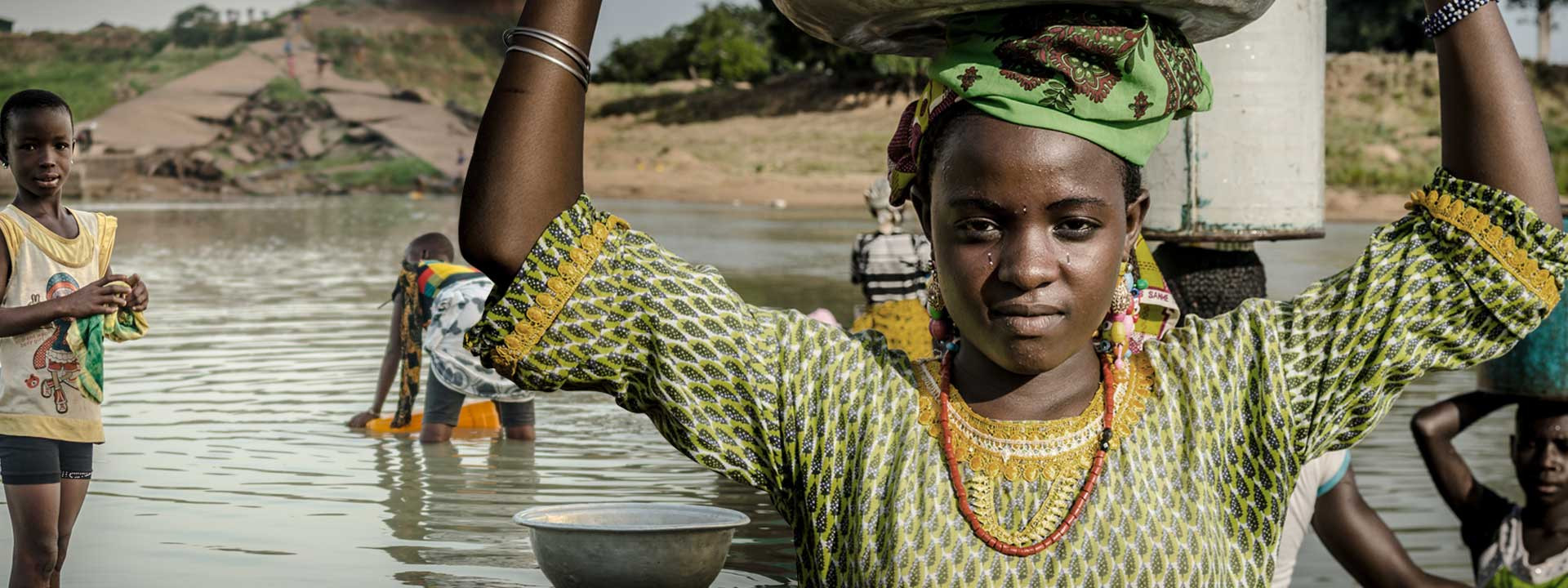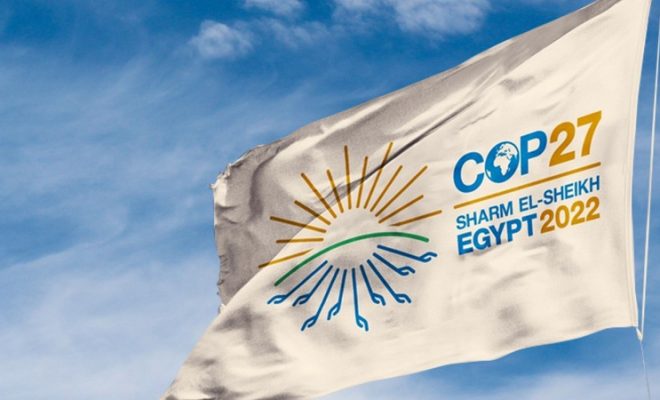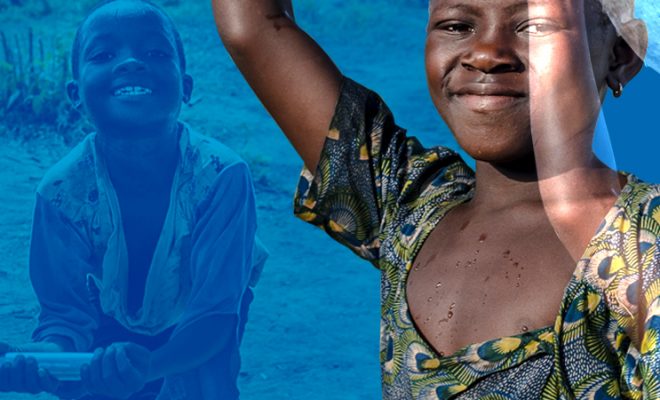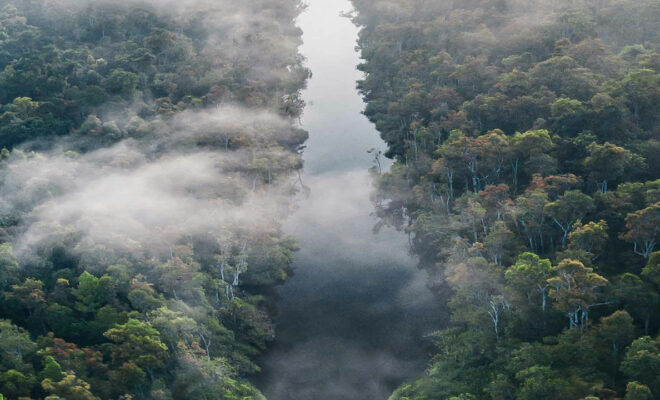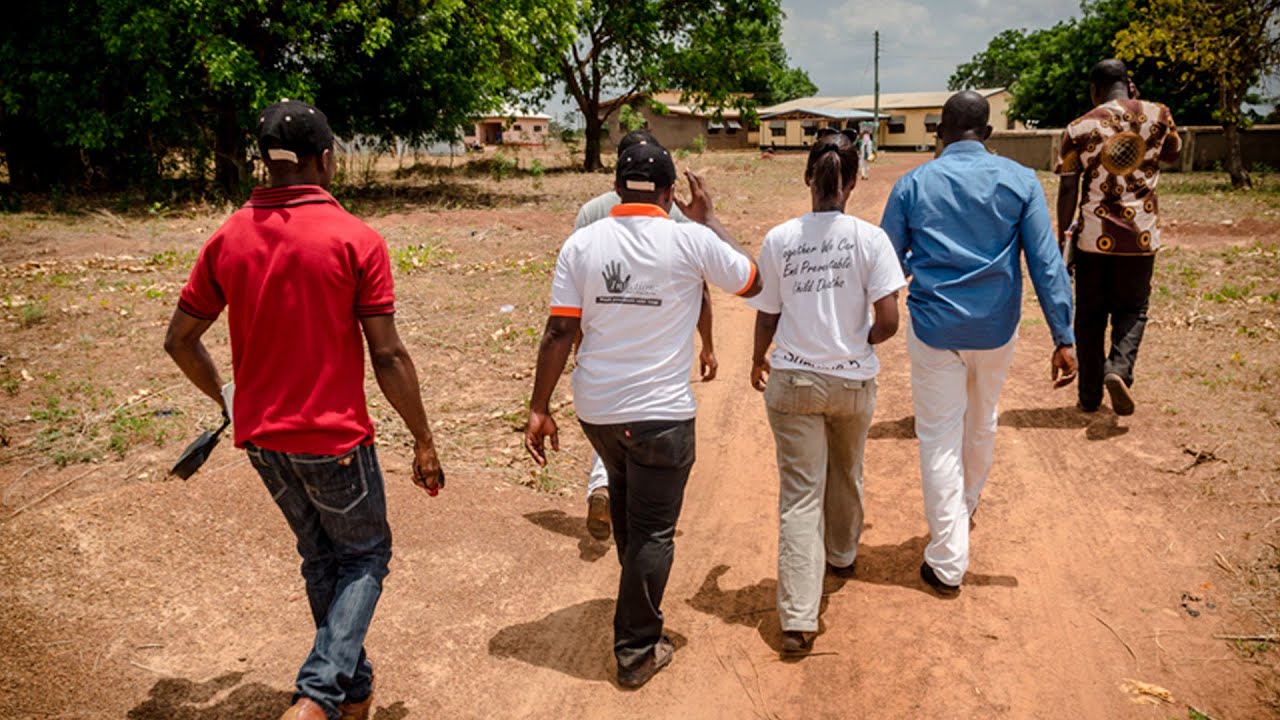
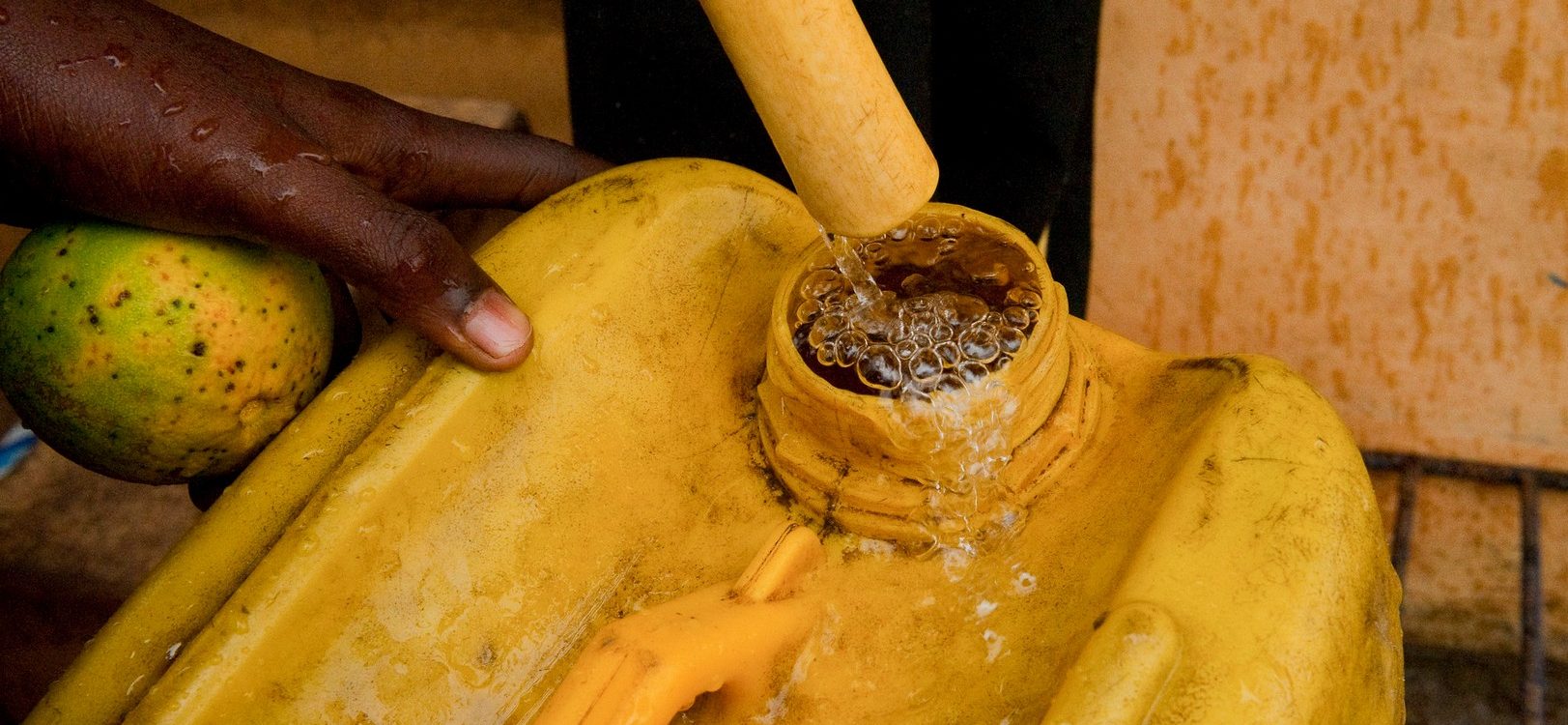
The recent United Nations Water Conference shows once again how difficult it is for the international community to deal decisively with the urgent sustainable and fair management of water resources.. © Photo/ Arne Hoel / World Bank
Much was expected of a conference that had not been held for almost 50 years and had been convened with a sense of urgency. António Guterres, Secretary-General of the United Nations, once again used strong words at the opening of the 2023 Water Conference: “Drop by drop, this precious life-giving resource is being poisoned by pollution and sucked up by insatiable overexploitation. Meanwhile, climate change is wreaking havoc on the natural water cycle. And water demand is expected to outstrip supply by 40% by the end of the decade.” As at recent COPs, the messages are increasingly compelling, but the answers remain uncertain.
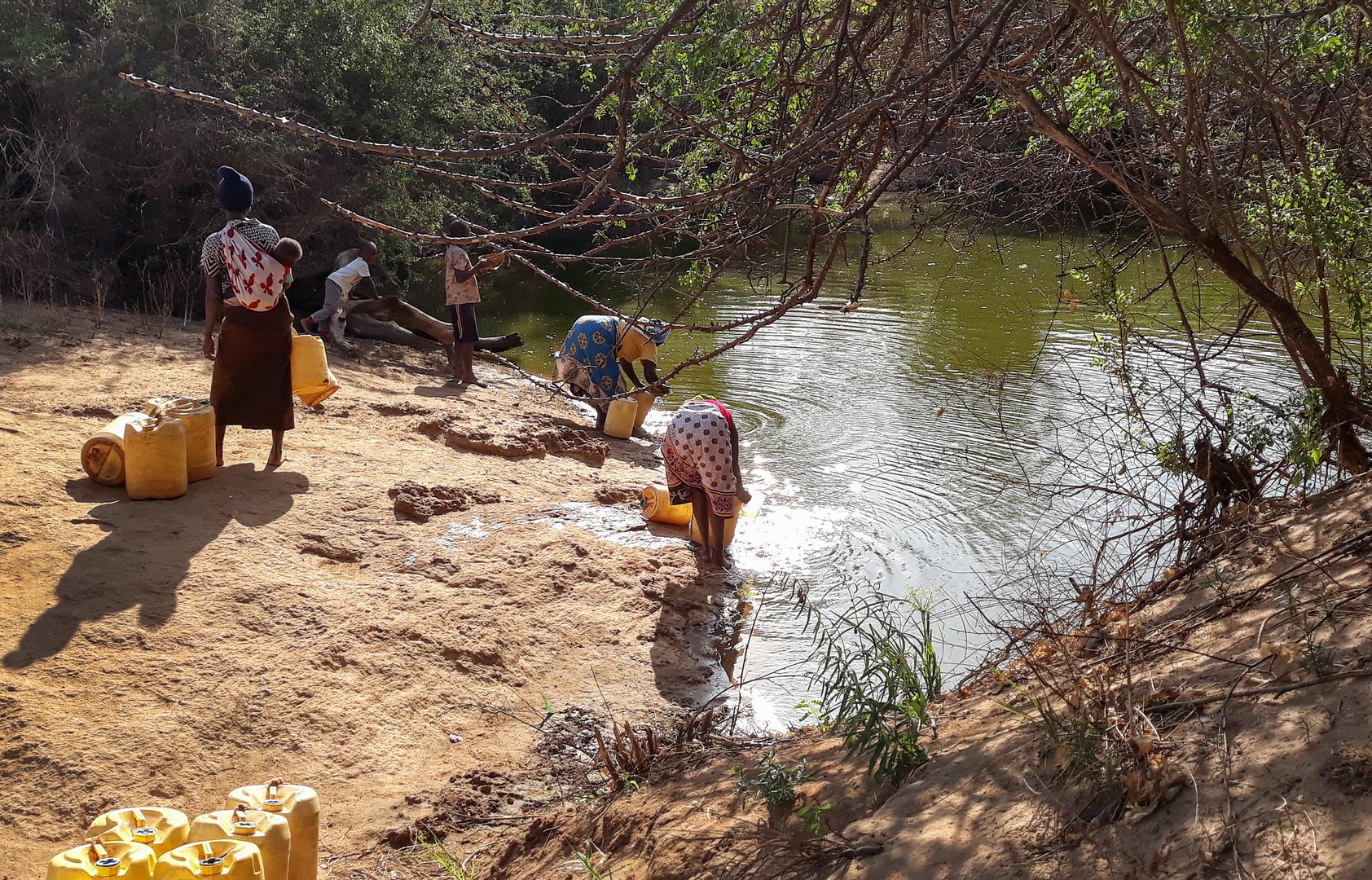
Moreover, there are still 367 million people who do not have safe access to water, and 121 million continue to be supplied directly from rivers, irrigation ditches, and stagnant water.. ©Photo credit/ Mercy Mbithe/REACH.
689 agreements, but none binding
The outcome of the Conference may seem spectacular: 689 agreements in just four days of presentations and talks show that there is no shortage of ideas and that governments are aware that we are at a decisive moment for the progress of humanity. However, Csaba Kőrösi, president of the General Assembly, dampened expectations at the closing ceremony, announcing that “the outcome of this conference is not a legally binding document, but even so, we are turning a page in history.” Nevertheless, once again, the drama repeats itself: everyone agrees on the seriousness of the situation, but commitments are not forthcoming.
According to the JMP, between 2015 and 2020, 43 million people stopped using water with no health conditions, and 38 million no longer used surface water. It is a noticeable yet modest improvement; it lacks adequate speed of progress, and the prospects for 2025, with the setback in international security and the climate scourge, do not predict satisfactory results. Moreover, there are still 367 million people who do not have safe access to water, and 121 million continue to be supplied directly from rivers, irrigation ditches, and stagnant water.
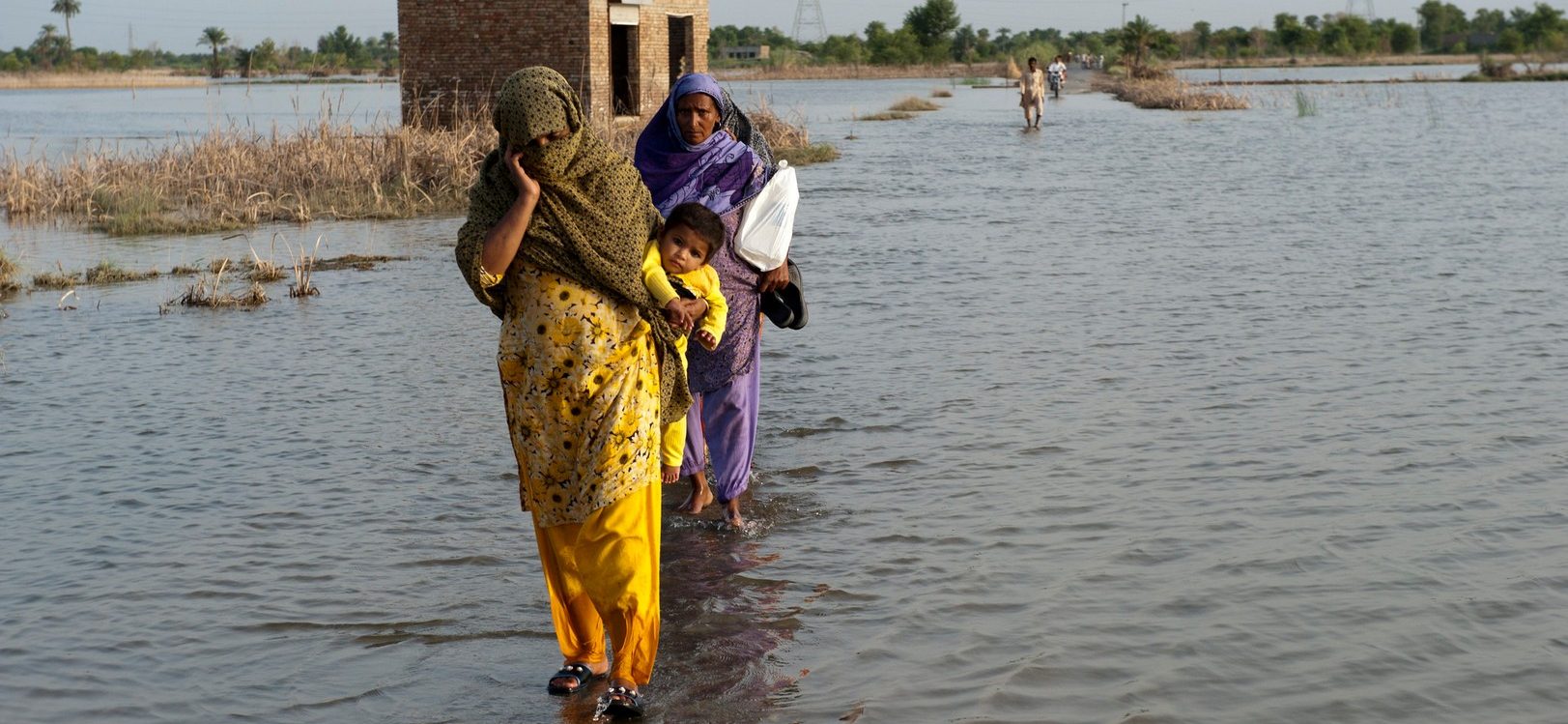
Nine out of ten of the catastrophes caused by natural disasters were water-related. © Asian Development Bank
A new Agenda that requires 300 billion dollars
At this stage, despite the climate crisis already showing its worst side and with the bitter evidence admitted by the UN that the SDGs will be far off, we continue to postpone decisions. The Conference drew up a new roadmap: the Water Action Agenda, which calls on parties to review their progress during high-level political meetings scheduled for July 2023. SDG 6 is also expected to be high on the agenda during the Sustainable Development Goals Summit next September. Again promises and new announcements.
The new agenda is good news: water has moved to the forefront of global attention. But, according to Kőrösi, $300 billion are needed to push it forward. For World Bank experts, it is an investment with obvious socio-economic and ecosystem benefits: if adequately implemented, humanity would receive $1 trillion in return.
The value of the natural capital represented by water conservation is on everyone’s minds; it only needs to be translated into practical evidence. But questions remain unanswered for now. How to achieve this? How will developing countries finance the $300 billion investment? The solutions are not clear yet. The President of the General Assembly pleaded to attain one of the goals that have historically proved most difficult, if not utopian: to create a “common financial culture,” a bold and intelligent economic approach to water, climate change, and biodiversity.
Still lacking data
One of the goals in New York was to achieve greater access to data and information, critical factors in promoting the use of environmental and economic accounting, and moving forward in financing. Kőrösi advocated locally, nationally, and globally integrated policies that foster cooperation: “We can work together to empower all nations and stakeholders through a global information system, which is our life insurance to solve the water availability, demand, and storage issues.”
Here, too, the questions without specific answers pile up, even though in the last decade, nine out of ten of the catastrophes caused by natural disasters were water-related. The figures are more than obvious, as they originate from the reports of the insurance companies. It is clear that not only a global network of meteorological prevention is missing, but also climate data from all regions, land management, and reliable demographic censuses, both rural and urban.
A good symptom is that global data availability increased from 34% in 2018 to 59% in 2022. Despite this, the evolution is still insufficient to meet the 2030 targets. The urgency for governments to increase investments in obtaining reliable information is apparent. One of the principles of successful fundraising is that decisions are not made in contexts of uncertainty created by a lack of verified statistics and disorganized policymaking.
The UN warns that we need to quadruple the current rate of improvement to achieve universal access to water, sanitation, and hygiene by 2030. We have seven years to go, and the improvement must be most noticeable in the least developed countries and most vulnerable communities. We need fewer words and much more cooperation to achieve this and prevent a global water crisis. One premise stands out: rich countries must lead the way, put aside growth priorities at all costs, and take on the ethics and intelligence to provide what is needed for water security to build a more just and peaceful world. In the end, they, too, will benefit.
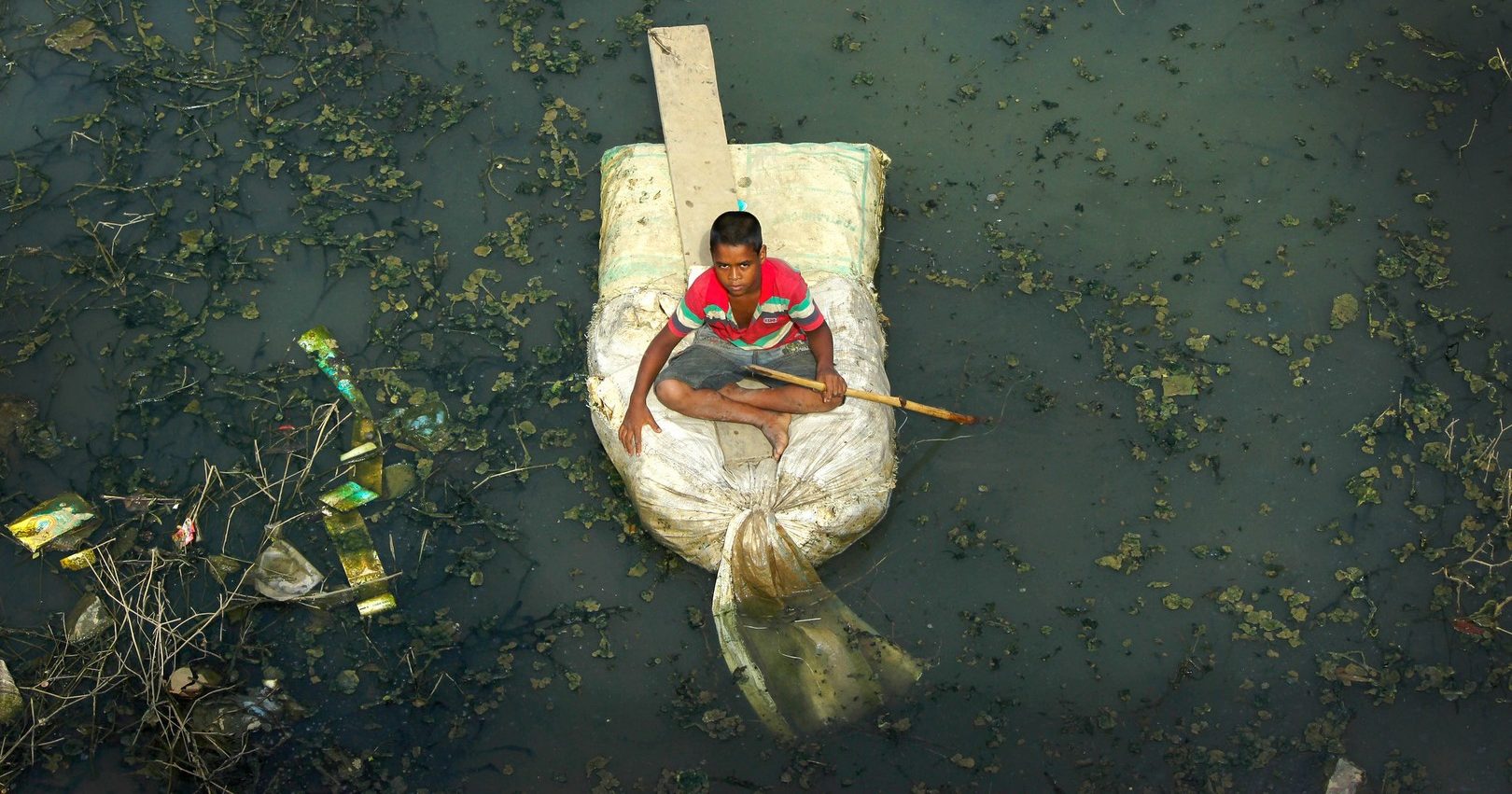
The UN warns that we need to quadruple the current rate of improvement to achieve universal access to water, sanitation, and hygiene by 2030© Photo credit/ Joy Deep Chakrabartty/REACH


